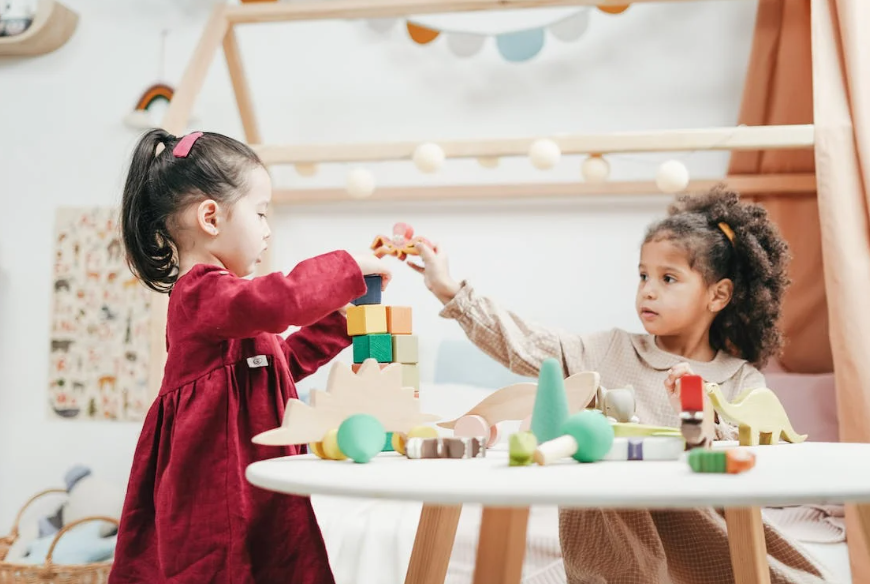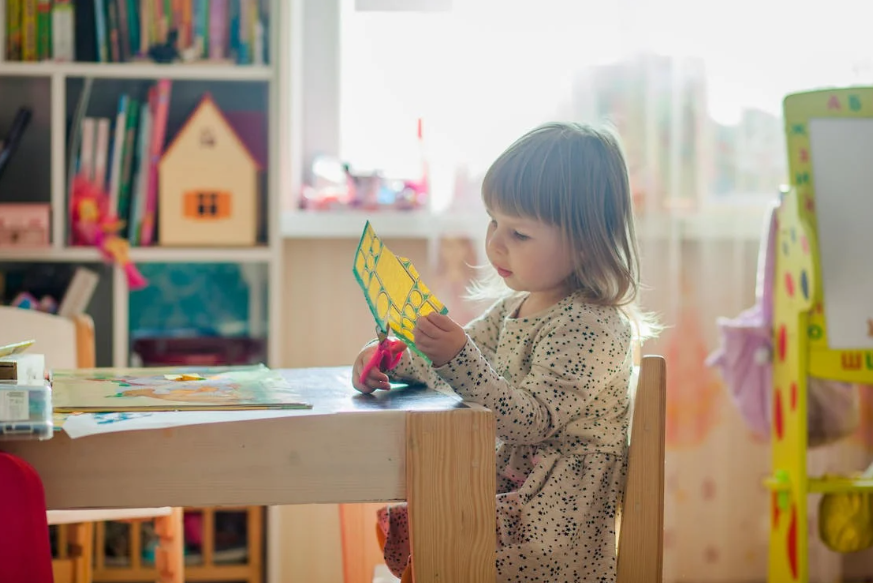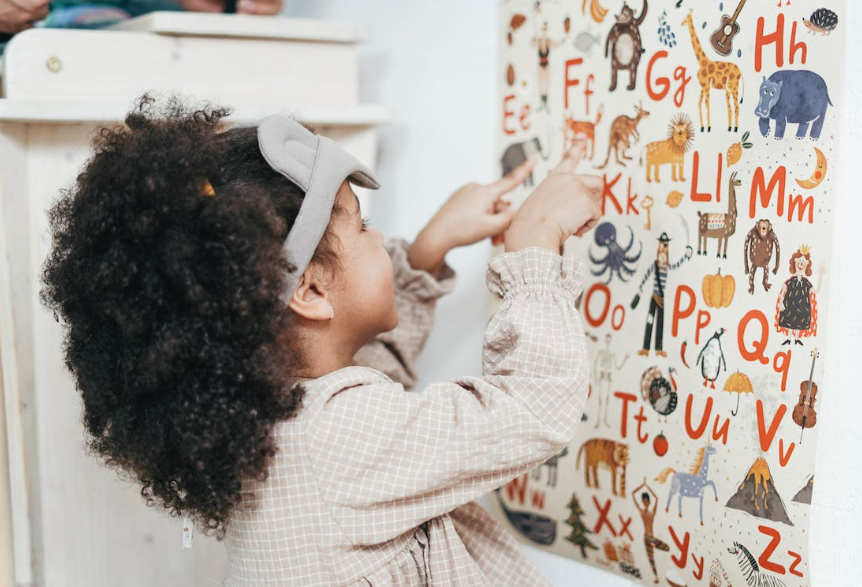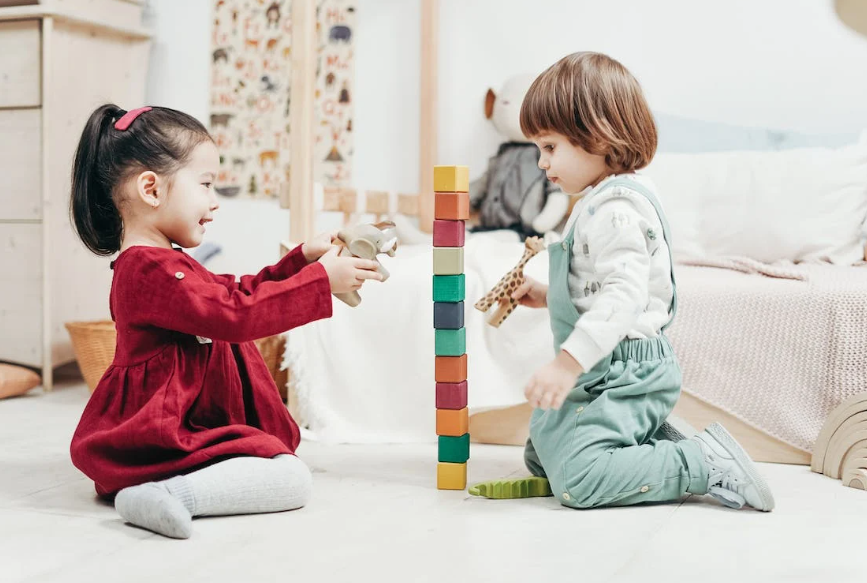Mindfulness With Toddlers
Here are 6 fun and creative activities to introduce mindfulness to toddlers and preschoolers

Selfpause Affirmation App
Download the app to get 1,000’s of affirmation meditations and everything you need to write, record and listen to your own.
If you want to introduce mindfulness to your toddler or preschooler, there are several ways to do so. These include the Body scan meditation, the Cool the pizza breathing exercise, and guided meditation apps such as Headspace. You can even read this article to learn more about mindfulness with toddlers. In addition, you can explore some of the many benefits of mindfulness for toddlers and preschoolers, such as a decrease in stress and more energy.
Body scan meditation

If you’re interested in practicing mindfulness with toddlers, you might want to try Body Scan Meditation. This simple practice can be done with your child, whether during bedtime or anytime you’d like to slow down a busy day. To get started, simply sit or lie down with your child. Ask them to close their eyes and take a few deep breaths. Encourage them to focus on different parts of their body, such as their feet and head.
Try doing this meditation as often as possible. It will help you become more aware of how your muscles are reacting to your emotions. This practice is especially useful for children with special needs. Try it out in the morning or before bedtime to help your child feel calmer throughout the day. It can also help reduce your child’s frustration levels.
Body Scan Meditation for toddlers is a great way to increase self awareness and help your child to make connections between their physical bodies and their emotions. The program contains a worksheet, an MP3 audio exercise, and an 8-page PDF digital document. Once you’ve paid for the program, the instructions will be sent to you electronically. The program is simple and fun, and it will help your child to develop his or her own mindfulness skills.
You can start your body scan by imagining a soft, glowing light. As you breathe in, focus on different parts of your body, starting with your feet and moving downward. From there, focus on your legs and calves. As you continue, slowly open your eyes. You can repeat this exercise many times throughout the day.
Cool the pizza breathing exercise

To encourage mindfulness in toddlers, you can try teaching them to breathe deeply by doing the “cool the pizza” breathing exercise. This breathing exercise involves breathing in as if you’re tasting pizza and exhaling as if you’re cooling the pizza down. To further encourage attention to the sense of taste, you can blindfold your child and ask him or her to test the taste of something.
This breathing exercise is great for toddlers and preschoolers, because it helps them to connect to their body and mind. It can help them to calm down when they feel anxious or dysregulated. When teaching your child this breathing exercise, remember to model the process yourself. Hold your hands up slowly while exhaling and inhaling.
When teaching mindfulness to toddlers, try to make it a game. The objective of the game is to encourage them to sit quietly and breathe deeply. Practicing mindfulness with toddlers will teach them to control their thoughts and emotions and have a sense of calm. They’ll learn that breathing deeply and consciously can improve your overall health.
Mindfulness activity for preschoolers

One fun mindfulness activity for preschoolers involves playing a game called “mindfulness freeze.” This activity encourages children to be aware of their body sensations and the sounds around them. Kids can also listen to music or make sounds with their bodies. While they’re playing, they should engage all of their senses, including their smell and touch.
Mindfulness activities for preschoolers can be simple or challenging, depending on your child’s skill level. Whatever you choose, you’ll want to focus on one thing at a time, and make sure to turn off the television or other distractions. Once the activity is complete, check in with your child to see how they’re feeling and what you can do to help them feel better. You can use activities like deep breathing or asking them questions to help them feel more calm.
Another easy mindfulness activity for preschoolers involves writing down feelings on a piece of paper. This can be done privately, after school, or just for fun. Writing down what your child feels about a particular situation can help them better understand their feelings, and help them practice mindfulness. When done correctly, mindfulness exercises can help your child develop a strong connection with their emotions.
Children may also find it helpful to practice drawing their emotions. For example, they can draw a picture of an emotion they are feeling by using different colors. This exercise will help them develop their imagination and descriptive skills. It also helps them learn to focus on one thing at a time. Painting and drawing exercises can also help kids relax. While they’re working, they can use soothing music to help them calm down.
Another fun mindfulness activity for preschoolers is a meditation. Meditation, breathing, or guided imagery are all ways of learning to be more aware and present. The goal of this type of practice is to help kids learn how to live in the present moment and move beyond negative thoughts and worry. Children who practice mindfulness are better equipped to cope with everyday problems and feelings.
You can find lots of mindfulness activities for kids online. You may have to adjust them a little to be suitable for your preschooler. A few examples of simple mindfulness activities include naming emotions with pictures, visualizing different colours or describing weather types.
Mindfulness app Headspace

The Headspace app for toddlers is a free download and can be used on Apple and Android devices. It offers short meditation videos as well as longer programs. Content is organized in different categories, such as sleep, kindness, focus, and nature. It features rewards and reminders. In addition, the app is available offline, which means you can use it when you’re not connected to the internet.
The Headspace app has many child-specific meditations for ages five and under, six to eight, and nine to twelve. Several other kid-centered mindfulness apps are available for download, so make sure you choose one your child will like and use regularly. Headspace is one of the best-rated mindfulness apps for kids.
Mindfulness for toddlers has several benefits, from reducing stress to improving relationships. It’s also a great way to help kids learn how to regulate their emotions and sleep. It also improves academic performance and social skills, so there’s no reason not to try it out! But be sure to introduce it gently and gradually.
Mindfulness apps can help you teach your children the value of calm and relaxation. Calm has hundreds of programs for beginners and advanced users, including five-minute meditations for toddlers. It also offers mindfulness stories for toddlers and sleep stories for children. There’s even a free trial of the first program, as well as a couple of stand-alone guided meditations, for little ones to try out.
Another excellent app for toddlers is Headspace for toddlers. With a simple interface and a bilingual design, this app is easy for your child to use. It is divided into bite-sized meditations and encourages problem-solving skills while teaching children to regulate their emotions. It also offers an option for parents to record encouraging audio messages for their children.
Among the many other benefits of meditation for toddlers, this app can help hyperactive toddlers learn how to relax. There are games to help them focus and calm their minds, and an SOS Exercise can provide quick relief from anxiety. It also includes a series of meditations for children to improve sleep, anxiety, and concentration. Kids can also join Aumio and Friends on their adventure to explore different planets.
Our Top FAQ's
Teaching mindfulness to young children can involve introducing them to simple mindfulness activities or exercises that they can do on their own or with you. Some ideas might include:
-
Deep breathing: Show your child how to take slow, deep breaths in and out, and encourage them to try it themselves.
-
Body scans: Have your child lie down and focus on different parts of their body, starting at their toes and working up to the top of their head. As they focus on each part, have them take a deep breath in and out.
-
Sensory awareness: Encourage your child to pay attention to their senses, such as what they see, hear, smell, taste, and feel. You might do this by going on a nature walk and asking your child to describe what they see, hear, and feel, or by bringing in items from nature (such as a flower or a rock) and asking your child to describe them using their senses.
Some other activities or exercises that you can use to introduce mindfulness to toddlers and preschoolers include:
-
Guided meditation: There are many children’s meditation apps or websites that offer guided meditations specifically for young children. You can also find children’s meditation books or CDs that include guided meditations.
-
Yoga: Many yoga studios offer children’s yoga classes, or you can find children’s yoga videos online. Yoga can help children learn to focus and be present in their bodies.
-
Art projects: Creating art can be a great way for children to express themselves and be present in the moment. You can encourage your child to focus on the process of creating rather than the end product.
Incorporating mindfulness into your daily routine with young children can be as simple as setting aside a few minutes each day to do a mindfulness activity together. You might also try incorporating mindfulness into other daily activities, such as meal times or bedtime. For example, you might encourage your child to take a few deep breaths before they eat or to focus on the sights, sounds, and smells around them as they fall asleep.
Some benefits of mindfulness for toddlers and preschoolers include:
- Improved focus and attention
- Increased self-regulation and self-control
- Enhanced social-emotional development
- Decreased stress and anxiety
To support your toddler or preschooler in maintaining a mindfulness practice, you can:
-
Make mindfulness a regular part of your routine: Set aside a specific time each day for mindfulness practice, such as after breakfast or before bed.
-
Encourage your child to take breaks: If your child is feeling overwhelmed or stressed, encourage them to take a few minutes to practice mindfulness.
-
Model mindfulness yourself: Children often learn by example, so if you practice mindfulness yourself, your child is more likely to pick up on it.
-
Be patient: Mindfulness is a skill that takes time and practice to develop. Be patient with your child and encourage them to keep trying, even if they struggle at first.
